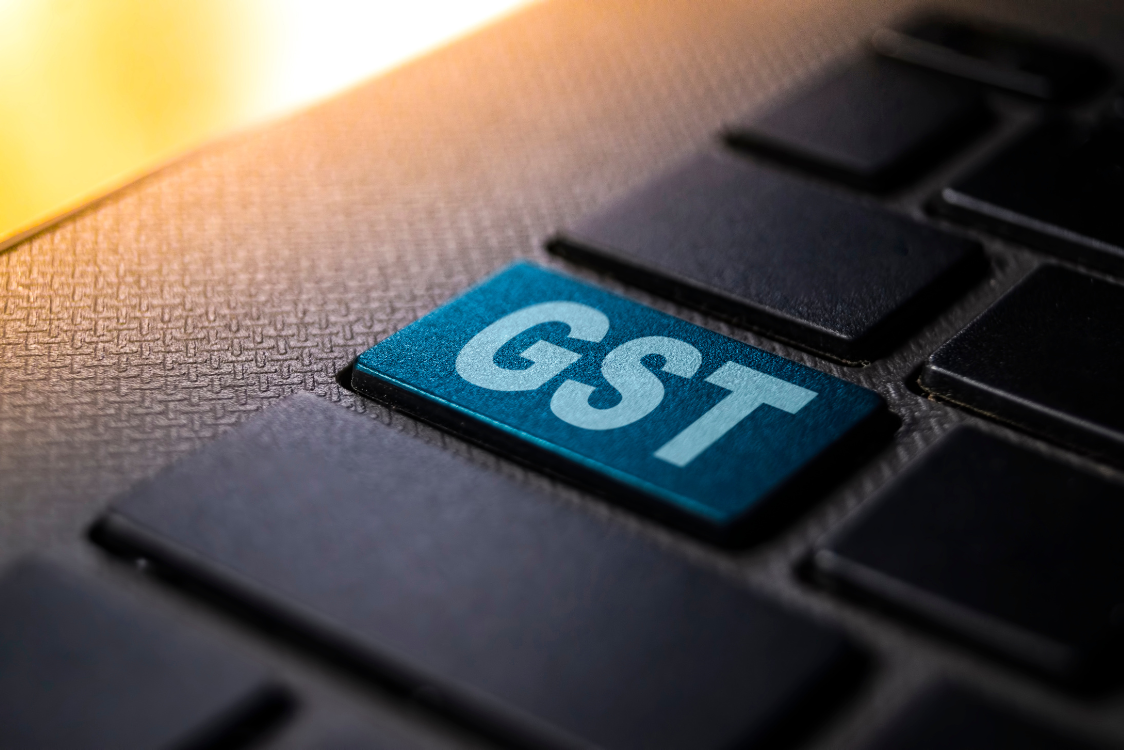
It is the return filing season again and for those who are facing the conundrum of whether they should opt for the new regime of taxation or old regime of taxation this article shall serve the purpose.
Please note that the decision to opt any of the two available options lies on the assessee and choice should be based on the understanding of the income structure and available deductions under both the scenarios.
The easiest way is that an assessee calculates their tax liability as per both the scenarios and evaluates which option is most conducive to them in the long run.
Let us take a bird’s eye view of the two tax regimes
| Points of difference | Old Regime | New Regime |
| Eligible Assesee | Individual & HUF | Individual & HUF |
| Slab rates | There are only three brackets of income on which 5%, 20% and 30% tax rate is applied | There are six brackets of income on which 5%,10%,15%,20%,25% and 30% is applied. Thereby reducing the overall tax impact on the income of the assessee |
| Deductions and exemptions | All deductions as prescribed under the Act shall be available to the assessee while arriving at the gross total income | There are restrictions in claiming exemptions and deductions while arriving at the total income of the assessee.
The total income shall be calculated without any exemption or deduction under the provisions of clause (5) or clause (13A) or prescribed under clause (14) (other than those as may be prescribed for this purpose) or clause (17) or clause (32), of section 10 or section 10AA or section 16 or clause (b) of section 24 (in respect of the property referred to in sub-section (2) of section 23) or clause (iia) of sub-section (1) of section 32 or section 32AD or section 33AB or section 33ABA or sub-clause (ii) or sub-clause (iia) or sub-clause (iii) of sub-section (1) or sub-section (2AA) of section 35 or section 35AD or section 35CCC or clause (iia) of section 57 or under any of the provisions of Chapter VI-A other than the provisions of sub-section (2) of section 80CCD or section 80JJAA; |
| Set off of losses | Set off of losses shall be available as per the Act provided the requisite conditions for claiming the set off are met by the assessee | The assessee shall not get set off of any loss,—
(a) carried forward or depreciation from any earlier assessment year, if such loss or depreciation is attributable to any of the deductions referred to in clause (i); (b) under the head “Income from house property” with any other head of income;
|
In view of the above information it is evident that the government has laid out the new tax regime only for the benefit of the low income group individuals who usually do not exhaust all the tax saving investment avenues. Any high net-worth individual (HNI) shall have already taken the benefits available under chapter VI-A of the IT Act and opting for the new tax regime, in fact, shall be detrimental for their tax outage.
Let us understand which tax regime shall be beneficial for an assessee
For the first instance let us assume that the assessee has income under INR 15 lacs (i.e. below the highest tax bracket). Let us assume that the income in this instance is only from salary.
The salary received by the assessee is INR 9 lacs per annum. The assessee contributes towards EPF and also gets HRA benefits as they are living on rent. Additionally, they are eligible for Leave travel allowance of INR 25,000 on their travelling and shall be claiming it. There are no further investments made by the assessee during the financial year.
Income tax calculation:
| Description | Old Tax Regime (₹) | New Tax Regime (₹) |
| a) Annual Income | 9,00,000 | 9,00,000 |
| b) Standard Deduction | -50,000 | |
| c) EPF Contribution (Section 80C) | -20,000 | |
| d) HRA | -40,000 | |
| e) Leave Travel Allowance | -25,000 | |
| f) Total (Deduction & Exemption) | 1,35,000 | NIL |
| Net Taxable Income (a-f) | ₹7,65,000 | ₹9,00,000 |
| Income Bracket | Old Rates | New Rates | Tax (Old) | Tax (New) |
| 0 – 2,50,000 | 0% | 0% | ||
| 2,50,000 – 5,00,000 | 5% | 5% | 12,500 | 12,500 |
| 5,00,000 – 7,50,000 | 20% | 10% | 50,000 | 25,000 |
| 7,50,000 – 10,00,000 | 20% | 15% | 3,000 | 22,500 |
| 10,00,000-12,50,000 | 30% | 20% | ||
| 12,50,000 – 15,00,000 | 30% | 25% | ||
| 15,00,000 & above | 30% | 30% | ||
| Total taxes | 65,500 | 60,000 | ||
| Cess | 2,620 | 2,400 | ||
| Total tax payable | 68,120 | 62,400 |
As per the above calculations it is clearly visible that the new tax regime shall be beneficial for the assessee with the given range of informations.
Please note that as per Rule 21AG of the Income Tax Rules, an assessee is required to file Form 10-IE electronically if the assessee wants to opt for the new tax regime as prescribed in section 115BAC of the IT Act.
For the second instance let us assume that the assessee has income over INR 15 lacs (i.e. above the highest tax bracket). Let us assume that the income in this instance is only from salary.
In this case the assessee earns INR 20 lacs annually. They avail the entire INR 1.5 lakh limit of Section 80C deductions through a combination of contribution to EPF and ELSS mutual funds. Besides this, they bought health insurance, for which they have paid a premium of INR 25,000 that they claim as tax deduction under Section 80D. They have made an additional investment of INR 50,000 in NPS. They are claiming a Leave travel allowance amounting to INR 25,000, which is tax exempt.
Income tax calculation:
| Old Tax Regime (₹) | Old Tax Regime (₹) | New Tax Regime (₹) |
| a) Annual Income | 20,00,000 | 20,00,000 |
| b) Standard Deduction | -50,000 | |
| c) Section 80C (EPF +ELSS Mutual fund) | -1,50,000 | |
| d) HRA | -40,000 | |
| e) Health Insurance | -25,000 | |
| e) Leave Travel Allowance | -25,000 | |
| e) NPS 80CCD | -50,000 | |
| f) Total (Deduction & Exemption) | 3,40,000 | |
| Net Taxable Income (a-f) | ₹16,60,000 | ₹20,00,000 |
| Income Bracket | Old Rates | New Rates | Tax (Old) | Tax (New) |
| 0 – 2,50,000 | 0% | 0% | ||
| 2,50,000 – 5,00,000 | 5% | 5% | 12,500 | 12,500 |
| 5,00,000 – 7,50,000 | 20% | 10% | 50,000 | 25,000 |
| 7,50,000 – 10,00,000 | 20% | 15% | 50,000 | 37,500 |
| 10,00,000-12,50,000 | 30% | 20% | 75,000 | 50,000 |
| 12,50,000 – 15,00,000 | 30% | 25% | 75,000 | 62,500 |
| 15,00,000 & above | 30% | 30% | 48,000 | 1,50,000 |
| Total taxes | 3,10,000 | 3,37,500 | ||
| Cess | 12,400 | 13,500 | ||
| Total tax payable | 3,22,400 | 3,51,000 |
As per the above calculations it can be concluded that the old tax regime and the deductions and exemptions under the said regime shall be beneficial for the assessee with the given range and structure on income.
The decision for opting for either of these tax regimes shall be exercised carefully especially in case the income of the assessee is from business and profession where option once exercised shall apply to subsequent assessment years as per subsection (5) to section 115BAC of the IT Act.


